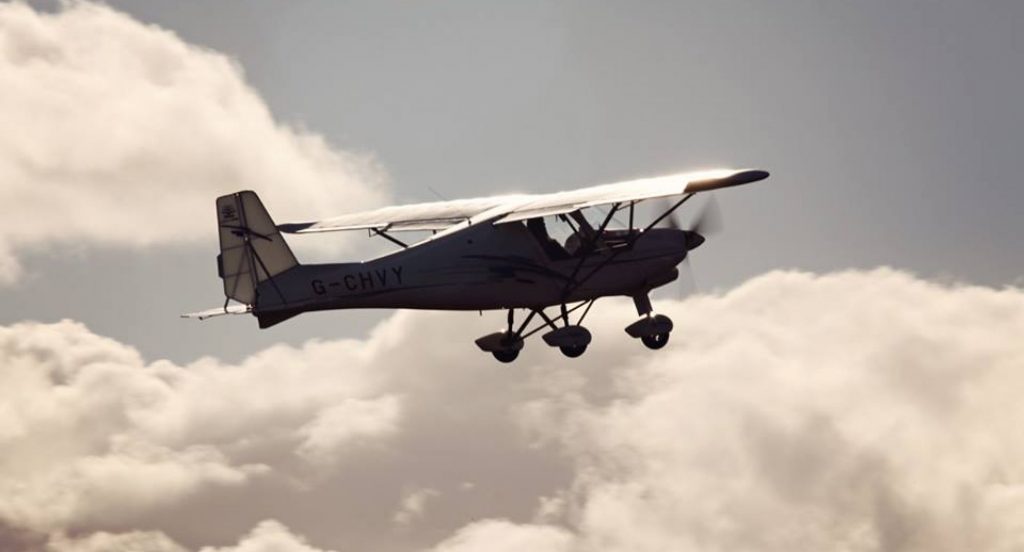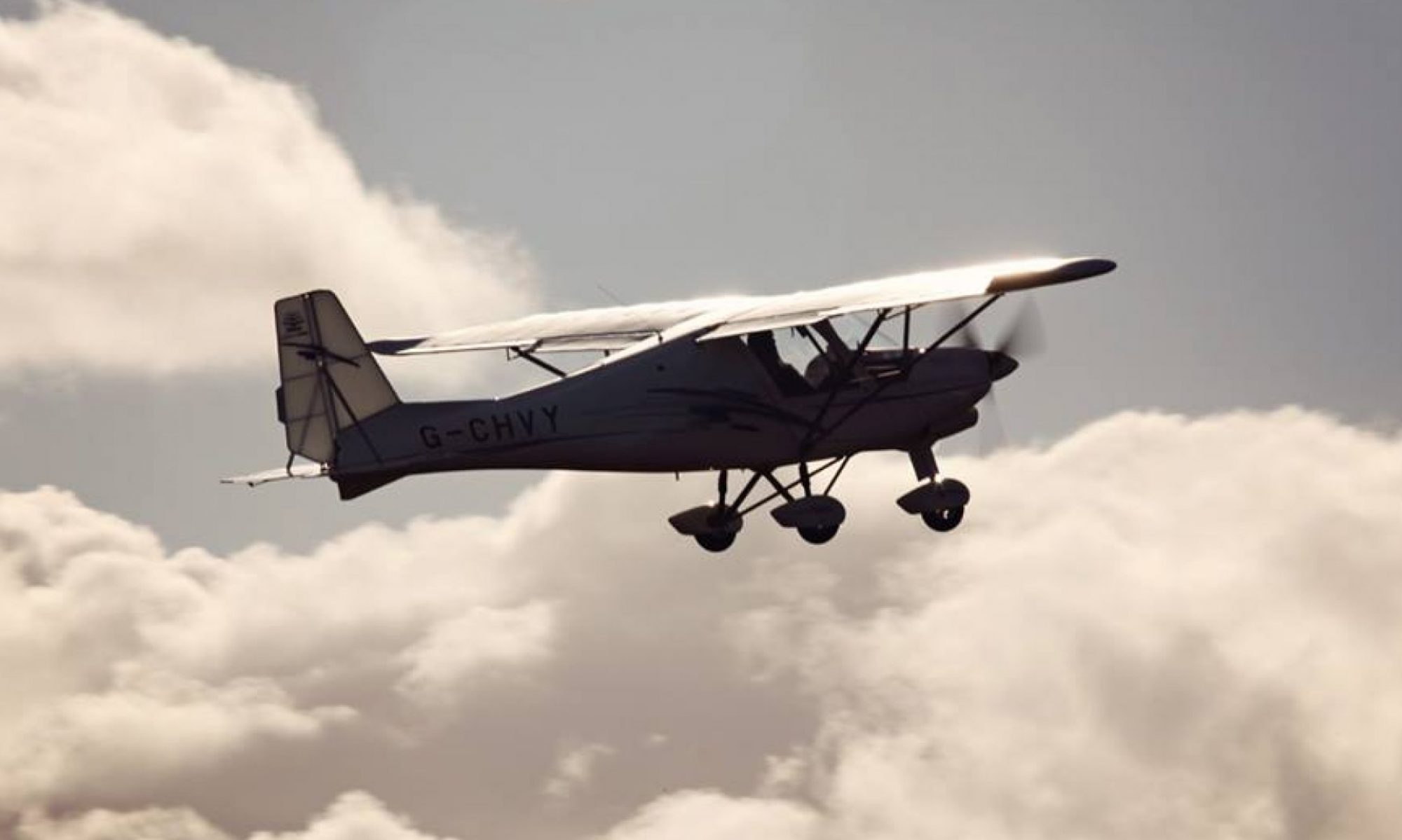A microlight aircraft is, obviously, mainly defined by its light weight.
The British Microlight Aircraft Association (of which we are members) defines microlights as follows:
“A microlight aeroplane is one designed to carry not more than two persons which has a Maximum Total Weight Authorised (MTWA) not exceeding:
300 kg for a single seat landplane
390 kg for an amateur built single seat landplane for which a UK Permit to Fly or Certificate of Airworthiness was in force prior to 1 January 2023
450 kg for a two seat landplane
330 kg for a single seat amphibian or floatplane
495 kg for a two seat amphibian or floatplane
315 kg for a single seat landplane equipped with an airframe mounted total recovery parachute system
472.5 kg for a two-seat landplane equipped with an airframe mounted total recovery parachute system
A microlight must also have a stalling speed at the maximum weight authorised not exceeding 35 knots calibrated speed”
The BMAA website can be found here.
So, in essence, a microlight aircraft:
Has a maximum take-off weight not exceeding 450 kg
Has a stall speed no more than 35 knots (41 mph)
Can carry no more than two persons
Within the ‘Microlight’ category, there are two distinct types of aircraft:
Fixed wing (also called ‘3-axis’), like our Ikarus C42. This is what might be considered a ‘conventional’ aircraft. The pilot and passenger site side-by-side inside the cockpit and are protected from the elements. There’s even a heater !

Flexwing (also called a ‘weight shift’ or simply a ‘trike’) like our P&M GT450 comprises a fabric covered wing that is able to ‘flex’ slightly in flight, beneath which is attached a trike unit incorporating the engine and pilot/passenger seats. The wing is controlled by a horizontal bar attached to the wing by a strong frame. By moving the bar, the pilot actually ‘shifts the weight’ of the trike, hence ‘weight shift’. The pilot and passenger are sat in tandem and exposed to the elements, so it is necessary to wear a warm suit (in the UK) and helmet.

The differences between the two aircraft types could be compared to a car and a motorcycle. In fact, the flexwing is often described as the ‘motorcycle of the sky’.
Modern examples of both types of microlight are capable of cruising at 80 – 100 mph !
